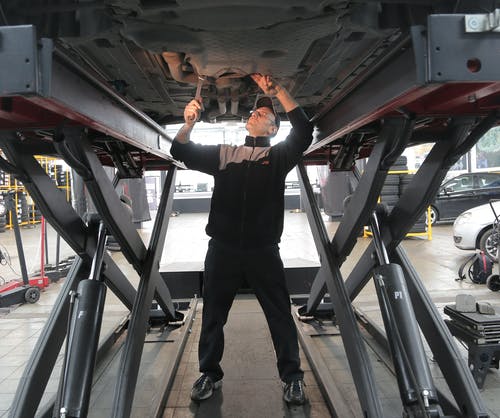
Regardless of whether you buy a new or used Japanese car, you will have to cope with a machine that consists of over 30,000 components (if you count every component down to the smallest screws). It may be difficult to narrow the list down to just one. However, there are a few critical components that you should never drive without inspecting.
On a regular basis, you should examine the following four key parts of your car. Before bidding on a vehicle at an auto auction, examine the following: When it comes to upkeep and repairs, this will give you an idea of the time and effort necessary.

Intake and Exhaust Manifolds – Internal combustion engines that operate on gasoline are found in a majority of today’s autos. The term “more than one sort of engine” refers to the fact that an engine has more than one combustion chamber (and optionally, chain slings). As a result, a car’s overall power is dependent on the engine’s displacement. Besides the type of transmission, the type of bronze bushes used, and the timing of the combustion process, additional factors impact a vehicle’s performance. Your car’s engine should be evaluated on a regular basis since it is the vehicle’s “heart”.
Tyres – Without tyres, you wouldn’t need brakes. Since your tyres are the only part of your vehicle that really touches the ground, it is imperative that they are in top condition. You may drive with confidence knowing that your tyres have been properly inflated and aligned by a trained technician. If the depth of the tread on your tyres is less than 4/32 of an inch, you should get them changed. After acquiring a second-hand car, make sure to ask for the owner’s manual so that you can accurately measure the air pressure in your tyres. It’s important to remember that various brands will prescribe varying amounts of product.

Think about how frustrating it would be if your battery went out when you were travelling in the middle of nowhere. It’s one of the most ignored parts of an automobile since there are no warning signs that a battery is about to die. If your battery runs out while traveling through a crowded area, you may quickly call for roadside assistance. If you’re planning on doing a lot of long-distance travel, you should have your battery checked by a specialist. A flashing battery indicator on the dashboard indicates a problem with the vehicle’s electrical system, which might include a sluggish start to the engine or other symptoms.
In addition to the fuel gauge and speedometer, several other dashboard gauges are equally important to drivers. The health of your car’s engine may be monitored with a tachometer, for example. If you suspect an oil leak, start by checking the oil pressure gauge. If you pay attention to other dashboard gauges, you can avert more catastrophic engine problems.
Paying attention to only these sections will pay off in the long run, we can assure you.